Oh my goodness . . . where have you been all my life . . . German style mashed potatoes? You’re going to become a regular – at those special times when we have mashed potatoes, that is. These were really easy enough to make and we could hardly stop eating them.
We were having some sausages (Nuremburger and Bratwurst) for dinner, the delicious ones I buy at a German deli, Tip Top Meats, in Carlsbad (north of San Diego). I had one Russet potato I’d bought several weeks ago – it was almost over the hill. That’s how often I use potatoes. Anyway, I let my mind run wild as to what to do with it. I searched for some kind of more healthy fried potato. They’re not one of my favorite things, though. When we go out to breakfast I never eat fried potatoes or hashed browns, or even country fried potatoes. They’re just not my thing. So I looked further and I noticed a German style mashed potato recipe (at A Taste of Home). Sure enough, I had all the ingredients.
The potato was cut up into chunks (I chose to leave the skin on) and simmered them for 10-12 minutes until the potato was cooked through. I drained them, returned them to the same pot and set them aside. Meanwhile, I defrosted one slice of thick-sliced bacon from the freezer, chopped it up into little chunks and set it to rendering on the stove. Then I added half a chopped up red onion (any onion will do – I just happened to have a half of a red onion in the refrigerator). The bacon had virtually no fat in it, so I had to add a tetch of oil to keep the mixture from burning. Then I added a chopped up (cored, unpeeled) apple. I had a honey crisp apple, but you could probably use any type – this one didn’t disintegrate at all – I liked that part, so you’d want to use a crisp type or a Granny Smith. If you used a Pippin, you might want to add sugar. I let it sauté for about 10 minutes over low heat. Then I added about 1-2 teaspoons of white vinegar, salt and pepper. The recipe indicated adding sugar, but I tasted it and didn’t think it was needed.
The recipe had you roughly mash the potatoes, so I used my hand-masher some – not thoroughly, as I like to still taste some little chunks – then I scraped in the apple, bacon and onion and stirred it up. The Russet was quite dry by then so I did need to add some milk to smooth it out. I added a little salt and pepper and it was done. Oh my. Yes. I’m glad I left the pan in the kitchen (I always serve our plates in the kitchen so we aren’t tempted to have seconds) so I have enough for another dinner.
What’s GOOD: well, having never had potatoes and apples before in any combination, it was a really lovely taste combination. It was a beautiful match with the sausage. I put out a couple of jars of different kinds of mustard and that was our dinner along with some sliced tomatoes and Mozzarella cheese drizzled with white balsamic vinegar and some Tuscan olive oil. And sprinkled with fresh basil we still have growing in the garden. We both ate in near silence – because it all tasted so darned good. Absolutely I’ll be making this again and again. I’d think kids would love this since it has a bit of sweetness from the apples.
What’s NOT: nothing that I can think of – it does take a little extra time to make, but if you ever do sausages on the grill or any kind of sausage as a dinner entrée, you’ll be really happy to have this variation on fried potatoes or straight mashed.
printer-friendly CutePDF
MasterCook 5+ file and MasterCook 14 file
* Exported from MasterCook *
German Style Mashed Potatoes with Apples
Recipe By: Adapted from A Taste of Home
Serving Size: 4
1 pound potatoes — cubed, skin on (you could use any kind of potato – I used a Russet)
1 large apple — cored, finely chopped (I used Honey Crisp)
1 slice bacon, thick-sliced — diced
1/2 medium red onion — chopped
1 1/2 teaspoons cider vinegar — (I used champagne vinegar)
1 tablespoon sugar — (I omitted this as I didn’t think it was needed)
2 tablespoons milk — or more, if needed (my addition, as the Russet potatoes were a bit dry)
salt and pepper to taste
2 teaspoons parsley — chopped (for garnish, if desired)
Notes: The kind of apple used will change the texture – I liked the little chunks in the finished dish, so use a crisp apple or a Granny Smith. If you have a soft apple, just don’t over cook it so it becomes applesauce – that wouldn’t have the same appeal. I used Russet potatoes (not usually a good potato for mashing), but you could use any type. Adding milk probably isn’t a German style at all – it was needed because of using a Russet potato which has a dry, mealy texture.
1. Place potatoes in a large saucepan and cover with water. Bring to a boil. Reduce heat; cover and cook for 10 minutes.
2. Meanwhile, in a medium sized skillet, cook bacon over medium heat for about 5 minutes. If there are more than 2 tsp of fat in the pan pour out the extra. Add onion and continue cooking about 5-7 minutes. Add chopped apples. If skillet is dry, add about a T. of olive oil or water to keep it from burning. Continue cooking (covered) for about 5-10 minutes until apples are just cooked through.
3. Drain potatoes, then return to the pot and mash some. Add the bacon/onion/apple mixture to the potatoes and stir. Add some milk to smooth-out the mixture. Add salt and pepper to taste. Garnish with chopped parsley if desired.
Per Serving: 153 Calories; 2g Fat (11.8% calories from fat); 4g Protein; 31g Carbohydrate; 3g Dietary Fiber; 4mg Cholesterol; 62mg Sodium.




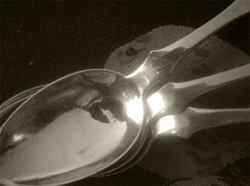
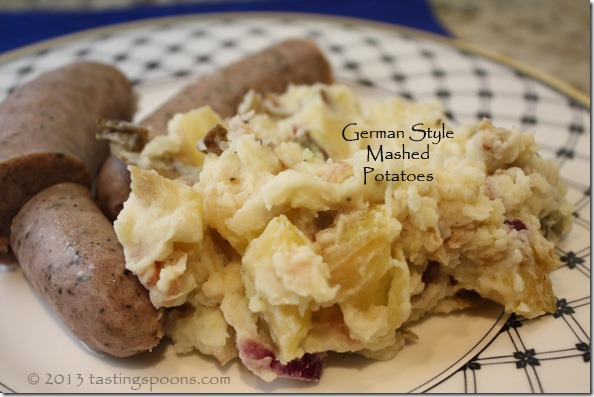


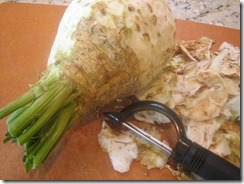
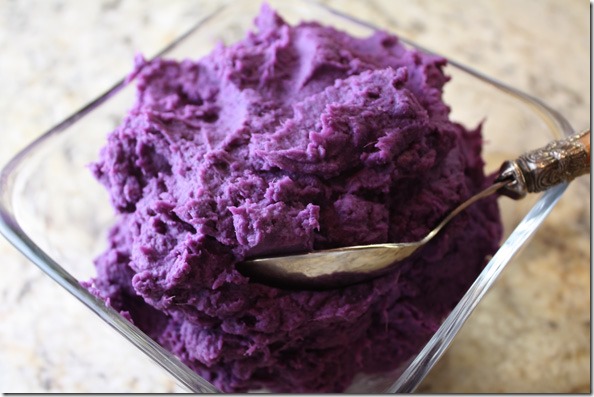
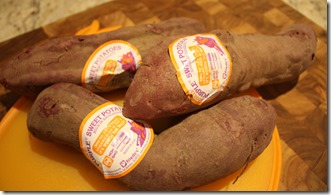

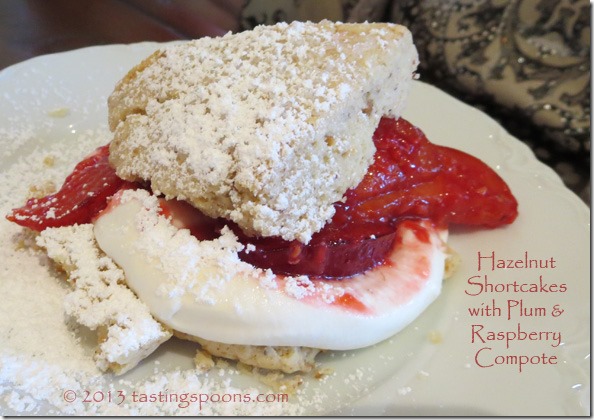
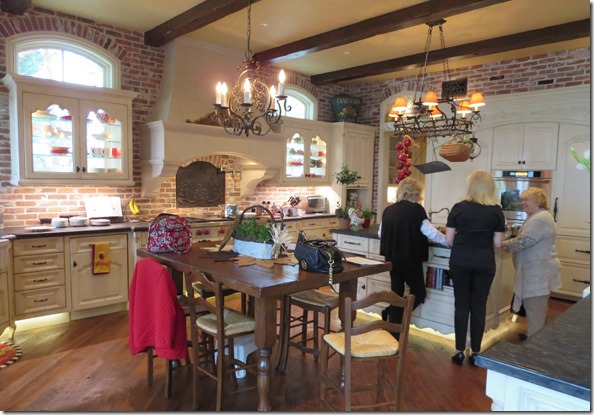

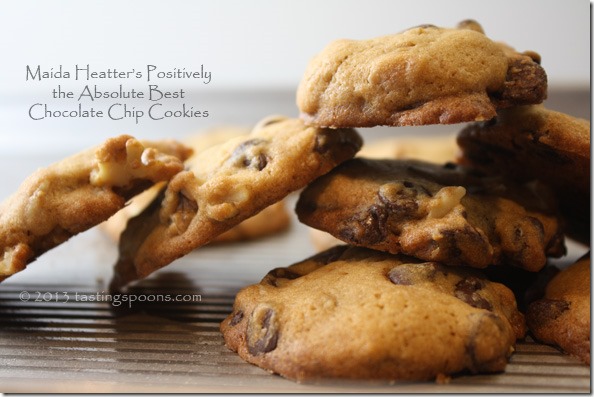
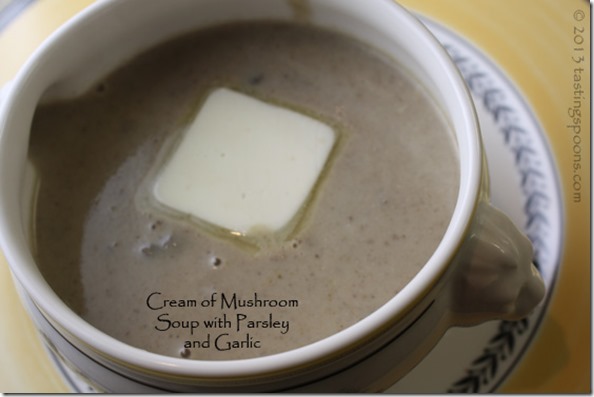



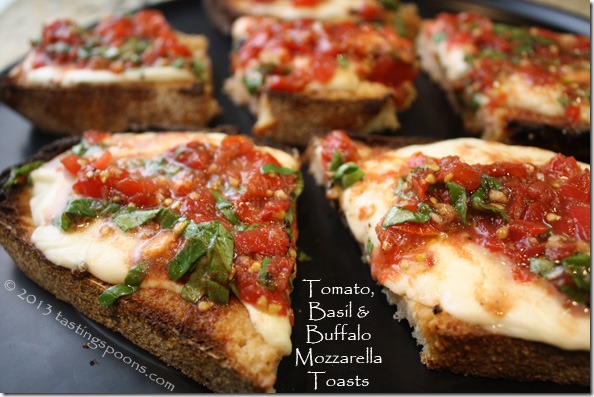

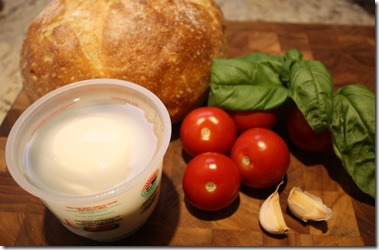

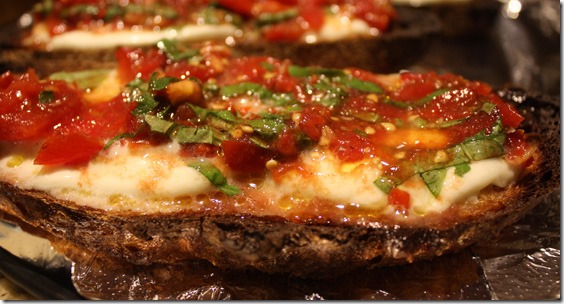
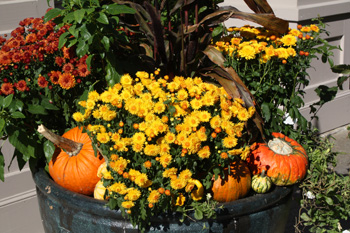
Leave a Comment!